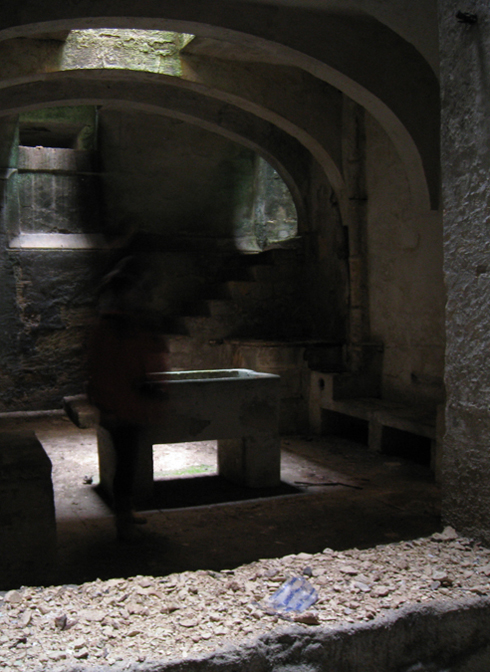
Since the nineteenth century a discussion syncopating between notions of restoration and preservation has been implicit to conservation theory. Eugène Emmanuel Viollet-le-Duc (1814 – 1879), (in)famous for a restoration strategy combining historical accuracy with creative modification to ‘re-establish’ structures to a ‘finished state’ stands on the side of restoration.
William Morris and John Ruskin, founders of the Society for Protection of Ancient Buildings [SPAB] stand on the side of preservation; stating that to restore buildings and spaces to a fictitious past destroys the authenticity of a historic fabric.
“Neither by public, nor by those who have the care of public monuments, is the true meaning of the word restoration understood. It means the most total destruction, which a building can suffer: destruction out of which no remnants can be gathered; a destruction accompanied with false description of the thing destroyed. Do not let us deceive ourselves in this important matter; it is impossible, as impossible as to raise the dead, to restore anything that has ever been great or beautiful in architecture”. Ruskin John, [180-1989] a celebration of the patina of time proposing ancient buildings and spaces to be protected, not restored, for their entire history to be preserved as cultural heritage.
As practitioners and teachers we position ourselves critically against these concepts of absolute and relative authenticity with the aim to look at places as pluralists; including a mnemonic richness in the way we read historical sites. However last week, during a site visit with Interior Architecture students, we walked into these 16th century vaulted basements carrying a 18th century palace in Valletta. Standing in these spaces, with light falling through the courtyard floor we could see no reason “to raise the dead, to restore anything that has ever been great or beautiful”.
This space was magnificent in its decay; overwhelmingly perfect, impossible to imagine anything other ...

